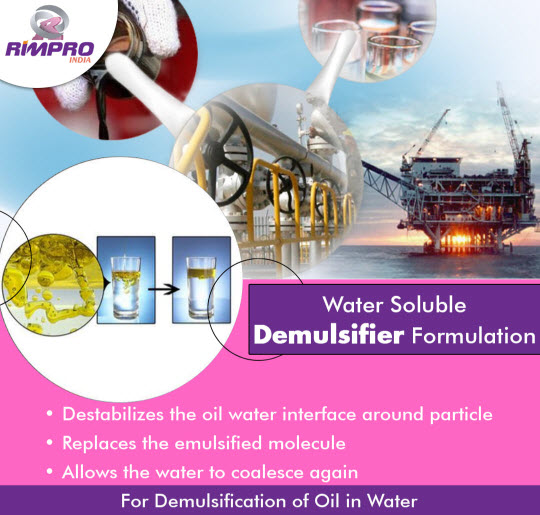 Menu
Menu
Demulsification Techniques for Efficient Water-Oil Separation
Water-oil separation plays a crucial role in various industries such as petroleum, chemical, and wastewater treatment. Emulsions, which are stable mixtures of water and oil, pose significant challenges in achieving efficient separation. Demulsification techniques are employed to break down these emulsions and facilitate the separation process.
Factors Affecting Water-Oil Emulsions
Water-oil emulsions can be categorized into two main types: oil-in-water (O/W) and water-in-oil (W/O). The composition of these emulsions varies depending on the nature of the oil and water involved. Factors such as surfactants, pH, temperature, and agitation can affect the stability of emulsions.
Challenges in Water-Oil Separation
Efficient water-oil separation is crucial due to the various challenges associated with emulsions. Emulsion stability leads to increased energy consumption, as more force is required to separate the phases. Environmental concerns arise from the discharge of emulsified wastewater, which can have detrimental effects on ecosystems. Moreover, the cost implications of ineffective separation can be significant for industries.

Demulsification Techniques
Several demulsification techniques are available to achieve efficient water-oil separation. Chemical demulsifiers, such as surfactants and coagulants, destabilize the emulsion by reducing interfacial tension and promoting droplet coalescence. Mechanical demulsification involves the application of centrifugal force or filtration to separate the phases based on their densities and sizes. Electrostatic and thermal demulsification methods utilize electric fields and heat, respectively, to break down the emulsion.
Advancements in Demulsification Techniques
Advancements in demulsification techniques have led to the development of more efficient and sustainable approaches. Nanotechnology has emerged as a promising field, with nanoparticles being used as demulsifiers to enhance the separation process. These nanoparticles can adsorb onto the emulsion droplets, destabilizing them and facilitating coalescence.
Membrane separation is another innovative technique that utilizes specialized membranes to selectively separate the water and oil phases. These membranes have small pore sizes that allow water molecules to pass through while retaining the oil droplets. Ultrasonic treatment involves the application of high-frequency sound waves, which induce cavitation and disrupt the emulsion, leading to improved separation.
Another emerging technique is microwave-assisted demulsification, where microwaves are used to heat the emulsion, causing localized boiling and enhancing droplet coalescence. This method offers advantages such as faster separation rates and reduced energy consumption compared to traditional thermal methods.
Benefits of Efficient Water-Oil Separation
Efficient water-oil separation offers several benefits. Firstly, it reduces the environmental impact associated with the discharge of emulsified wastewater. By effectively separating the oil phase, the water can be treated to meet environmental standards before being released into water bodies.
Cost savings are another advantage of efficient water-oil separation. By minimizing the amount of oil lost in the process, industries can optimize their production and reduce operating costs. Moreover, improved process efficiency leads to higher productivity and reduces the need for frequent maintenance and downtime.
